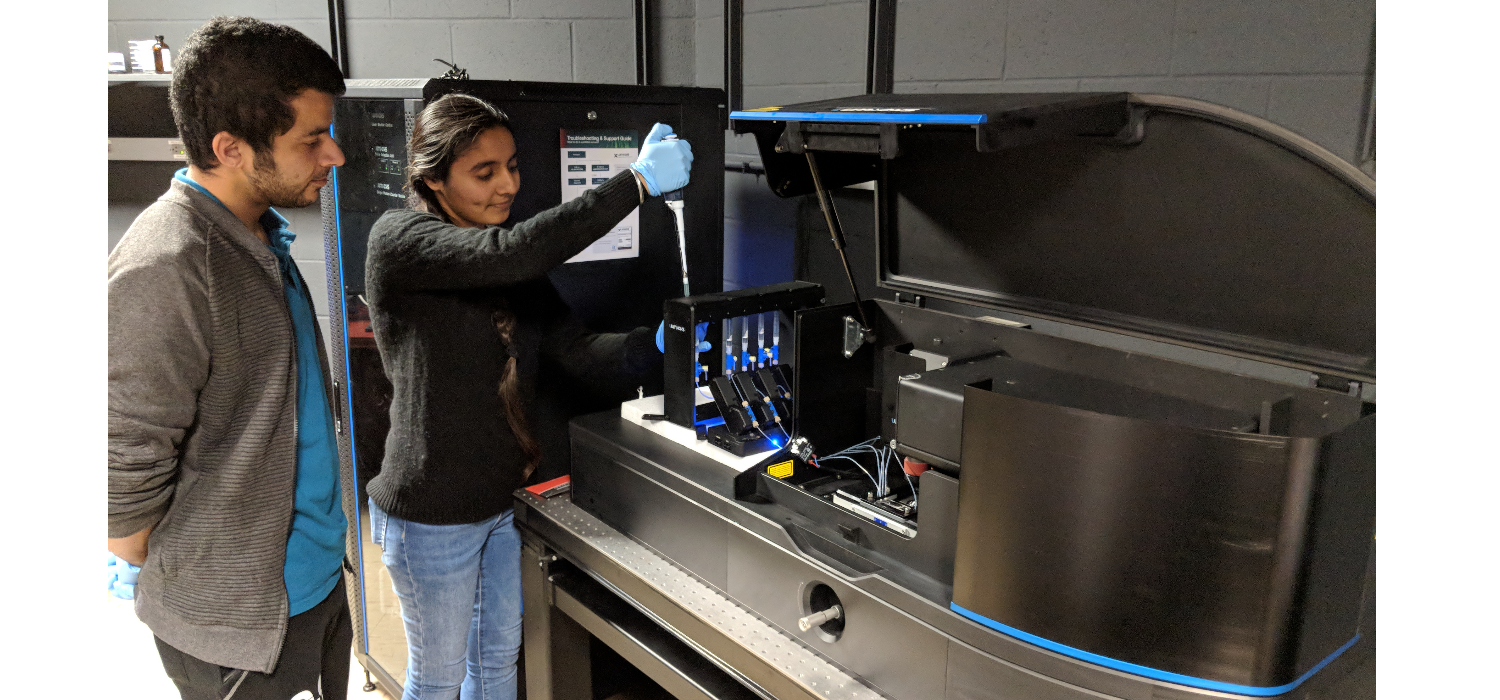Researchers investigated the molecular driving forces underlying the condensation and decondensation of ribonucleoproteins using the C-Trap™. Specifically, they showed that sequence-dependent features of the RNA and ribonucleoprotein molecules partially dictate phase transitions.
These findings can help scientists further understand the properties underlying eukaryotic liquid-liquid phase separation, or formation of membrane-less cellular compartments. Congratulations to all the authors!
Alshareedah et al. investigated the condensation properties between anionic poly(A) RNAs and cationic arginine/glycine-rich (R/G-rich) peptides, the latter representing ubiquitously present domains in eukaryotic ribonucleoproteins. They used poly(U) and lysine/glycine (K/G) peptides to compare charge-independent features in different combinations: R/G-poly(A), R/G-poly(U), K/G-poly(A), or K/G-poly(U).
Using the C-Trap, the team could compare the material state of the respective condensates through force-induced droplet coalescence. In short, they trapped two RNA-peptide droplets and induced droplet fusion by slowly bringing them into contact. The measured time to droplet relaxation confirmed sequence-specific fusion properties, with K/G-poly(U) fusing the fastest and R/G-poly(A) the slowest.
The researchers could also confirm the sequence-specific reentrant phase behaviors in naturally occurring and more complex Fused in Sarcoma (FUS) model system. Accordingly, the gathered findings can serve to understand mechanisms underlying other pathological aggregations, including those associated with several neurodegenerative diseases.
The study entitled “Interplay Between Short-range Attraction and Long-range Repulsion Controls Reentrant Liquid Condensation of Ribonucleoprotein-RNA Complexes” appeared in the Journal of the American Chemical Society.
The C-Trap™ instrument used in this study is commercially available by LUMICKS. Are you interested in using it in your research? Please feel free to contact us for a demo or quote.


